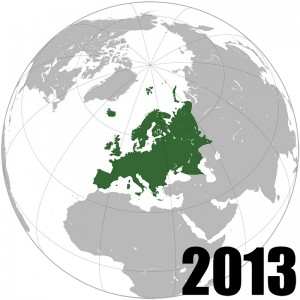 Europe Population 2013
Europe Population 2013
Europe is the third-most populous continent after Asia and Africa, with a population of 733 million or about 11% of the world’s population. Europe is bordered by the Arctic Ocean to the north, the Atlantic Ocean to the west, the Mediterranean Sea to the south, and the Black Sea and connected waterways to the southeast. Europe is a peninsula that makes up the western fifth of the Eurasian landmass. Its maritime borders are made up of the Arctic Ocean to the north, the Atlantic Ocean to the west, and the Mediterranean, Black, and Caspian Seas to the south. The southern regions are more mountainous, while moving north the terrain descends from the high Alps, Pyrenees, and Carpathians, through hilly uplands, into broad, low northern plains, which are vast in the east. This extended lowland is known as the Great European Plain, and at its heart lies the North German Plain. An arc of uplands also exists along the north-western seaboard, which begins in the western parts of the islands of Britain and Ireland, and then continues along the mountainous, fjord-cut spine of Norway.
Europe Land and Mass
Europe is the world’s second-smallest continent by surface area, covering about 10,180,000 square kilometres (3,930,000 sq mi) or 2% of the Earth’s surface and about 6.8% of its land area. Of the 50 European countries, Russia is by far the largest by both area and population, taking up 40% of the continent and Vatican City is the smallest.
European Population Growth
Europe’s population growth rate is approximated 0.212%. The average annual percent change in the population, resulting from a surplus or deficit of births over deaths and the balance of migrants entering and leaving a country. The rate may be positive or negative. The growth rate is a factor in determining how great a burden would be imposed on a country by the changing needs of its people for infrastructure, resources, and jobs. Rapid population growth can be seen as threatening by neighboring countries.
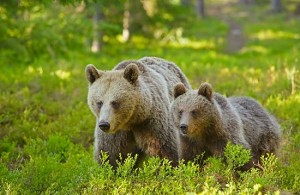 European Wildlife
European Wildlife
Europe stretches from the Ural Mountains in the east to the Atlantic Ocean in the south and encompasses a variety of habitats including tundra, taiga, montane forest, temperate forest, and steppe. Its wildlife includes alpine newts, European tree frogs, Eurasian lynxes, badgers, European otters, chamois, European bison, hedgehogs and wild boars.
There are nearly fourteen thousand Brown Bears that now live in Europe in ten separate populations. Their habitat spans from the west of Spain to the east of Russia and from the north of Scandinavia to southern Romania and Bulgaria. In France the bears are critically endangered. There are not many wild bears in Central Europe and none at all on the British Isles.
Europeans still live near places where you can hear wolfs howl at night, where bears walk on forest paths and where, in the fall of summer, you can see mighty buffalo engaged in a fight. For centuries, wild nature has been pushed back into the most remote places however, despite that, modern society has managed to develop not only a new relationship to restrained nature, it has also come up with new ways to protect it.
European Climate
The climate is milder in comparison to other areas of the same latitude around the globe due to the influence of the Gulf Stream. The Gulf Stream is nicknamed “Europe’s central heating”, because it makes Europe’s climate warmer and wetter than it would otherwise be. The Gulf Stream not only carries warm water to Europe’s coast but also warms up the prevailing westerly winds that blow across the continent from the Atlantic Ocean.
Therefore the average temperature throughout the year of Naples is 16 °C (60.8 °F), while it is only 12 °C (53.6 °F) in New York City which is almost on the same latitude. Berlin, Germany; Calgary, Canada; and Irkutsk, Russia all lie on around the same latitude; January temperatures in Berlin average around 8 °C (15 °F) higher than those in Calgary, and they are almost 22 °C (40 °F) higher than average temperatures in Irkutsk.
European Currency
The official currency of the European Union is the euro used in all its documents and policies. The Stability and Growth Pact sets out the fiscal criteria to maintain for stability and economic convergence. The euro is also the most widely used currency in the EU, which is in use in 17 member states known as the Eurozone. All other member states, apart from Denmark and the United Kingdom, which have special opt-outs, have committed to changing over to the euro once they have fulfilled the requirements needed to do so. Also, Sweden can effectively opt out by choosing when or whether to join the European Exchange Rate Mechanism, which is the preliminary step towards joining. The remaining states are committed to join the Euro through their Treaties of Accession.
Changes in European Populatoin Demographics
Other Europe Resources
To learn more about the population of Europe, click here
Learn more about North America Population 2013.
Interactive World Population by Continent Map



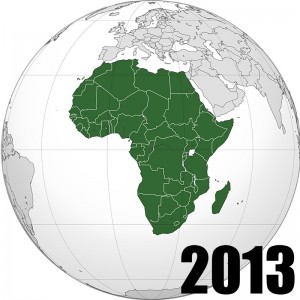 Africa Population 2013
Africa Population 2013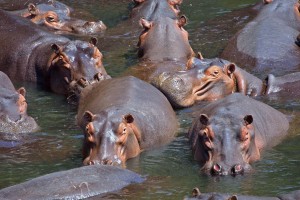 African Wildlife
African Wildlife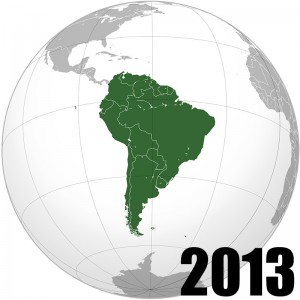 South America Population 2013
South America Population 2013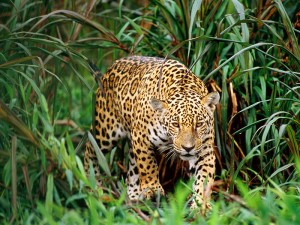 South America Wildlife
South America Wildlife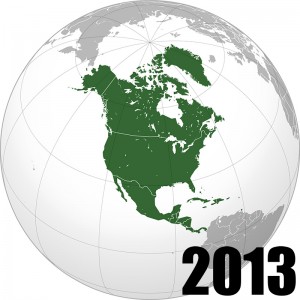 North America Population 2013
North America Population 2013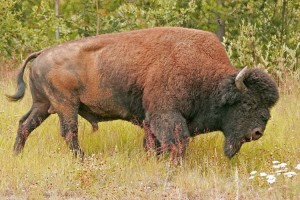 North America Wildlife
North America Wildlife